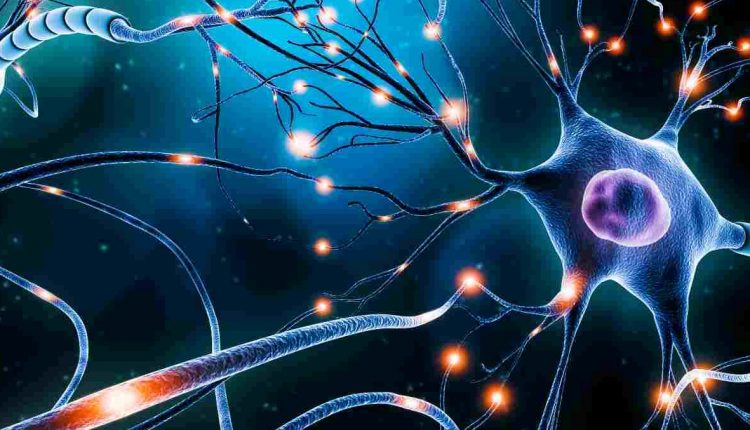
Demyelination: what it is and what diseases it is associated with
Demyelination, which is the loss of the sheath that covers nerve fibres, is associated with various diseases and can affect both the peripheral and central nervous systems
Demyelination is the thinning or complete loss of the myelin sheath
The myelin sheath is a layer that covers the nerve fibres in both the central and peripheral nervous systems and is essential for their proper functioning.
Myelin acts both as an insulator and as a protector: in the event of damage, the electrical signal travels more slowly and is lost or blocked, and nerve cells are more vulnerable and prone to degeneration.
This is why many of the demyelinating diseases, i.e. those associated with demyelination, are also neurodegenerative diseases, such as multiple sclerosis.
Causes of demyelination
The causes of demyelination are many and can be very different.
The most common of these are autoimmune conditions such as multiple sclerosis, in which certain autoantibodies and cells of the immune system, after migrating into the central nervous system, trigger an inflammatory process that leads to damage to the myelin sheath.
Demyelination may be the result of an abnormal immune response following an infection, as is thought to be the case with Guillain-Barré syndrome, a demyelinating disease of the peripheral nervous system.
Myelin loss can also be caused by metabolic disorders, substance abuse, especially alcohol, or vitamin B12 deficiency.
Finally, there are also demyelinating diseases of genetic origin, such as Tay-Sachs syndrome, which manifest themselves at an early stage.
It is only through basic research that we will be able to identify the molecular mechanisms behind the demyelination process on a case-by-case basis, and thus develop increasingly targeted and effective therapies.
Demyelination – the symptoms
As this is a category of diseases that includes very different conditions, both in terms of cause and clinical progression, the symptoms and signs also vary greatly depending on the type of nerve fibres affected and the speed of progression.
Among these, some of the most common are:
- loss of sensitivity and muscle strength, leading to paralysis;
- rigidity;
- impaired motor coordination.
But there can also be vision or hearing problems or cognitive deficits and depression.
Diagnosis
In the case of demyelinating diseases of the central nervous system, the most powerful tool we have for correctly identifying the cause is MRI.
The data collected by the MRI are integrated with clinical assessments, neurophysiological examinations, laboratory tests, usually conducted on cerebrospinal fluid, and possible genetic tests, with the aim of identifying disease-specific biomarkers.
Treatment of demyelinating diseases
Unfortunately, for many diseases characterised by the loss of myelin, there is no cure.
However, there are a growing number of effective drugs available to control the processes that lead to irreversible neurological deficits through damage to the myelin sheath, particularly in multiple sclerosis.
If used early and correctly, they can make a difference to the quality of life and slow the progression of the disease.
For patients suffering from these conditions, it is essential to make an early diagnosis and begin an all-round therapeutic course, in which the possible use of specific drugs must be accompanied by physiotherapy sessions and, possibly, cognitive training, which play a fundamental role in promoting recovery from damage.
Read Also:
Emergency Live Even More…Live: Download The New Free App Of Your Newspaper For IOS And Android
Rehabilitation Therapies In The Treatment Of Systemic Sclerosis
Back Pain: The Importance Of Postural Rehabilitation
ALS: New Genes Responsible For Amyotrophic Lateral Sclerosis Identified
Neurological Rehabilitation: What It Is And What Its Objectives Are



